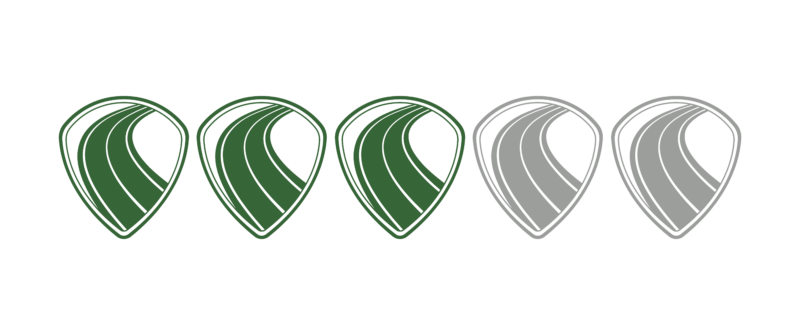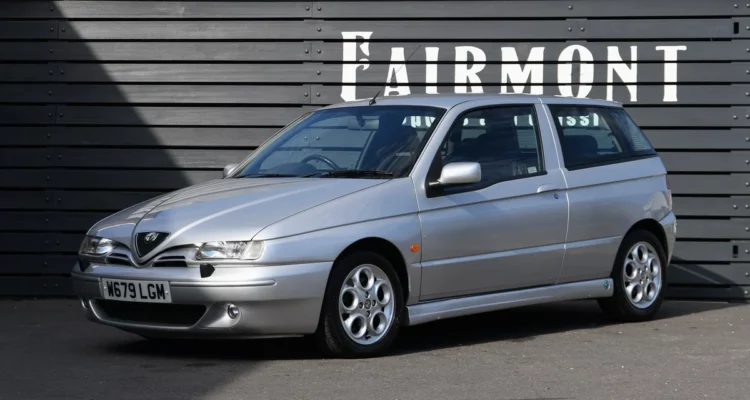How To – Change Your Brake Calipers
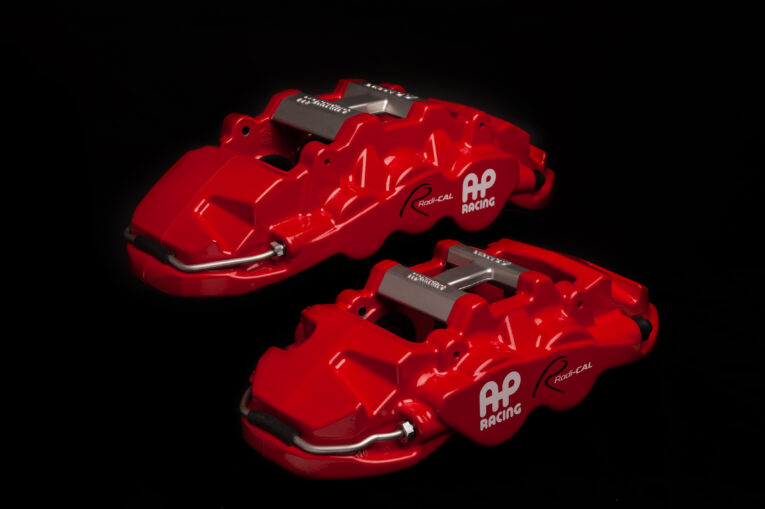
Difficulty
What Do I Need?
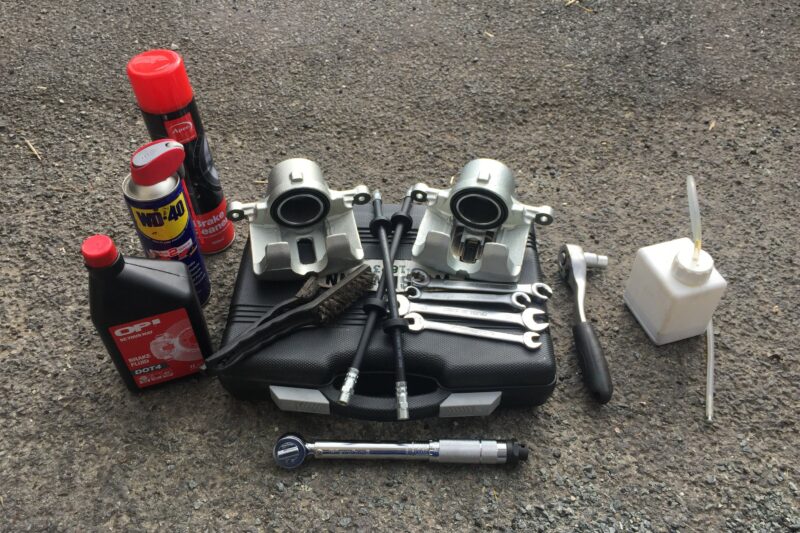
New brake calipers specific to your vehicle
Wrenches, sockets, spanners and flared spanners of the correct size
Release fluid
Brake bleed kit
Fresh brake fluid
Torque wrench
Brake cleaner
Wire brush (optional)
New flexible hoses (optional)
Why Should I?
While your brake calipers won’t need to be replaced as often as more consumable items in the system such as discs and pads, they are still a high-use item that needs to be regularly checked and maintained. Not only that but they are exposed to the elements as well as all of the road grime flung up by the car’s wheels. Piston seals will degrade over time or become damaged which will severely affect the efficacy of your brakes. Whether you want to replace, repair or upgrade your calipers knowing how to change them is a worthy string to your classic car maintenance bow.
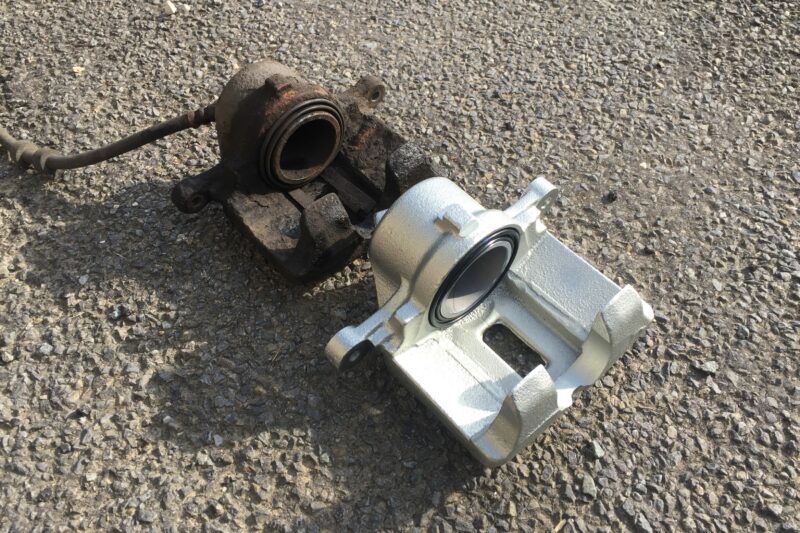
Calipers can either be replaced or rebuilt but whichever route you decide to take they will need to be removed from the car. The 100,000 miles/10 years rule is a safe guide to stick to but if the car has been standing outside for a long period of time or should you notice any issues with your brakes, such as any leaks, uneven pad wear, the car pulling to one side or any untoward noises emanating from the anchors then they might be due a replacement.
Talk Me Through It
NB: It may be necessary to wire brush any fittings depending on how soiled they are.
1) Loosen the wheel nuts and then jack up the car safely and rest it on some axle stands.
2) Remove the wheel and douse the caliper bracket bolts and flexible hose unions in release fluid. It’s a good idea to do this a day or two beforehand and regularly re-apply leading up to the job.
3) Undo the caliper bracket bolts and using a flared spanner crack the flexible hose nut loose. Inspect the hose for any signs of wear or damage and replace accordingly.
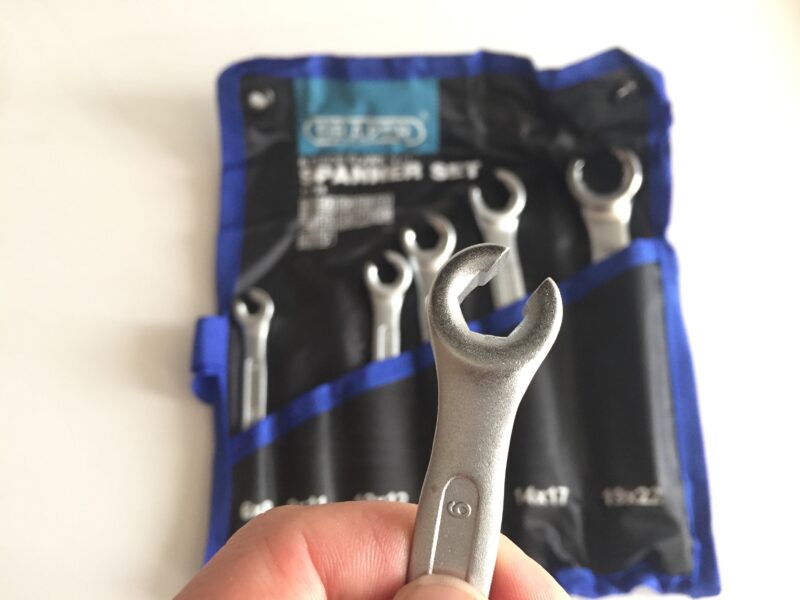
Flared spanners are indispensable when it comes to removing brake lines
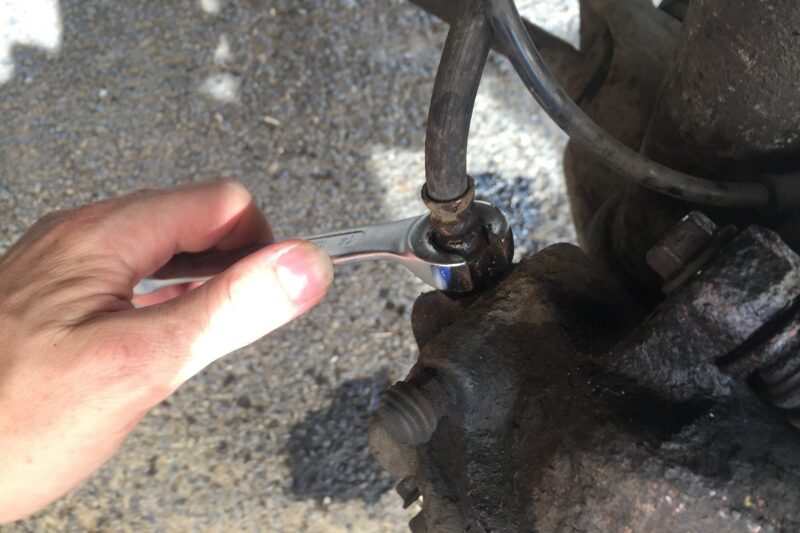
4) Remove the caliper from its bracket and remove the flexible hose from the caliper. Fluid will begin to drain at this point but don’t worry, you’ll need to bleed the system anyway. Just ensure the master cylinder doesn’t run dry so top up with fresh fluid if required.
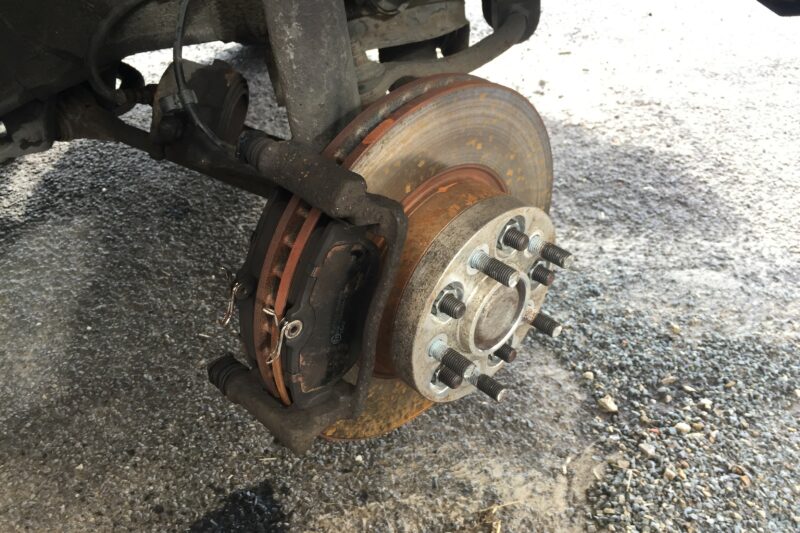
5) Install the flexible hose onto your new caliper and then fit the caliper to the its bracket.
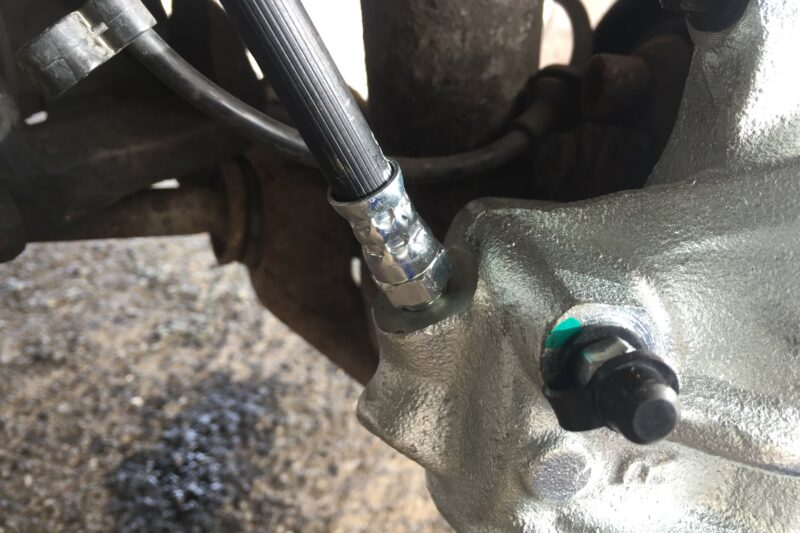
6) Tighten the caliper bolts and flexible hose fitting and torque to spec.
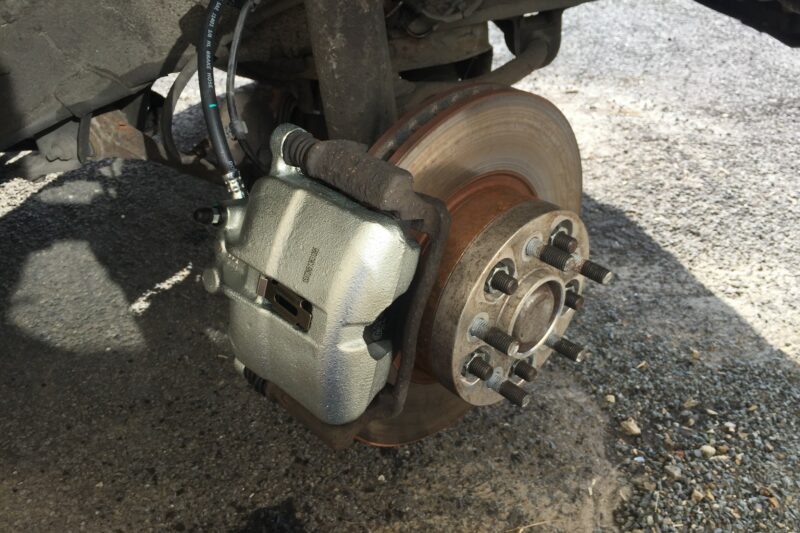
7) Bleed the system and clean up any spillage.
8) Refit your wheels and carefully test the brakes.
Conclusion
Changing your calipers may be a little more involved than replacing discs and pads but it’s still a relatively simple process that can easily be achieved with a few basic tools. Brake pipe fixings are notoriously difficult to undo, however, but with the right prep work (i.e. copious amounts of release fluid) and the correct flared spanners they should not present too much of a problem and any rounding of nuts can be avoided. So with this handy guide if your calipers are in need of renewal you should now have the necessary know-how to get cracking.

